The possible sequelae after liposuction include uneven skin, infection, hematoma, fat embolism, etc. These issues are related to surgical procedures, postoperative care, and individual differences. By choosing a reputable hospital and strictly following postoperative care recommendations, the incidence of sequelae can be effectively reduced.
1. Uneven skin
After liposuction, some patients may experience uneven skin surface, which is related to uneven fat removal or poor postoperative skin elasticity recovery. To avoid this problem, it is recommended to choose an experienced doctor for surgery and wear shapewear after the surgery to help tighten and restore the skin. At the same time, appropriate massage can be performed after surgery to promote blood circulation and tissue repair.
2. Infection
Liposuction surgery is an invasive procedure, and there is a risk of infection after surgery. Infection may manifest as local redness, swelling, pain, fever, and other symptoms. To prevent infection, strict disinfection is required before surgery, and the wound should be kept clean and dry after surgery. Antibiotics should be used according to medical advice. If there are signs of infection, seek medical attention promptly to avoid worsening of the condition.
3. Hematoma
After liposuction, some patients may experience local hematoma, which is related to intraoperative vascular injury or incomplete postoperative hemostasis. After surgery, it is important to avoid strenuous exercise and maintain rest to reduce the risk of bleeding. If the hematoma is large or persists, seek medical attention promptly and perform drainage if necessary.
4. Fat embolism
Fat embolism is a serious complication of liposuction surgery, characterized by symptoms such as difficulty breathing, chest pain, and blurred consciousness. This is due to fat particles entering the bloodstream and blocking blood vessels. To reduce risks, the amount of fat suction should be controlled during surgery to avoid excessive manipulation. After surgery, close observation of the patient's condition is necessary. If any abnormalities occur, immediate medical attention should be sought.
5. The importance of postoperative care
Postoperative care is crucial for reducing sequelae. After surgery, it is necessary to wear shapewear for at least 4-6 weeks to help tighten and shape the skin. Diet should avoid high-fat and high sugar foods, and consume more foods rich in protein and vitamins to promote wound healing. Avoid vigorous exercise within one month after surgery, but engage in light activities such as walking to promote blood circulation. The occurrence of postoperative sequelae after liposuction is related to various factors, but by choosing a regular hospital and strictly following postoperative nursing recommendations, the risk can be effectively reduced. If any abnormal symptoms occur, seek medical attention promptly to avoid delaying treatment. Maintaining good lifestyle habits and mentality after surgery can help to recover ideal body shape faster.

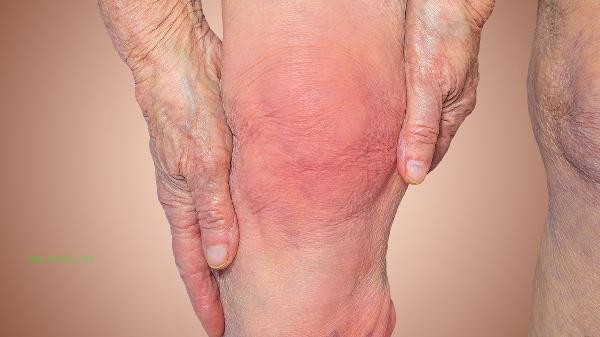
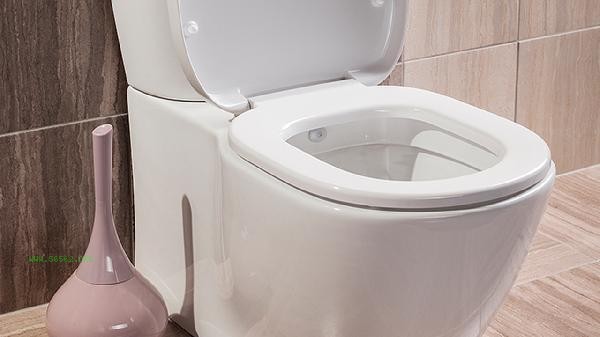
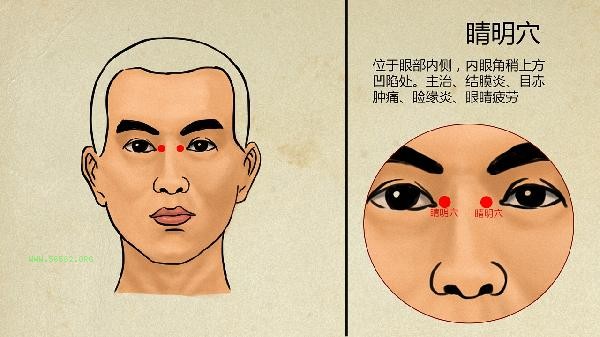
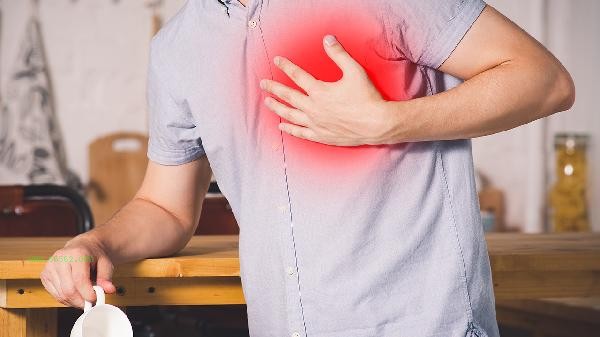
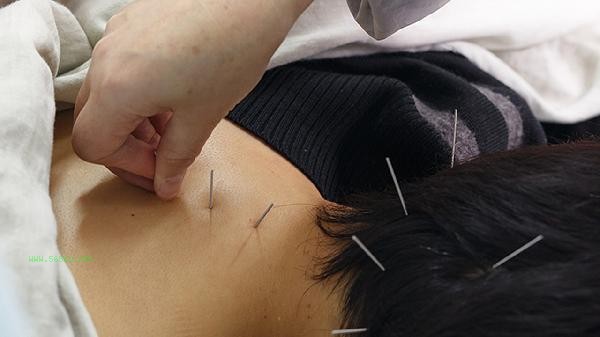


Comments (0)
Leave a Comment
No comments yet
Be the first to share your thoughts!